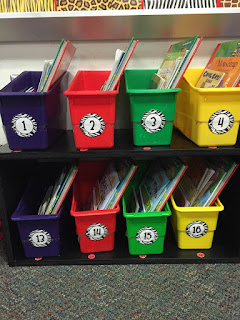I just love it when teachers share great ideas that actually work.
Here's one of those stellar ideas I came across and use year to year.
Most, I say most, students come to first grade knowing their numbers.
And MOST of them about half of them can write their numbers correctly every single time.
But then there are the other half.
So here's a quick lesson I borrowed from The First Grade Parade a few years ago.
Let me go ahead and say, it's one of those tried and true lessons to add to your 'vault'.
Our students line up everyday to exit the classroom, so why no relate numbers to them!
Here's how Cara explained this idea:
Zero...the point of origin...is the teacher {where it all starts}. He is really serious about sequencing his kids when they walk down the hall and his only rule is that they line up in order facing forward. 1, 2, 3, & 4 do just as they're told. They always follow directions. But 5 & 6?!?! Well they're just up to no good and they're always turning around to sneak away from the rest of their class. 1, 2, 3, & 4 have NO idea what's going on behind them because they're always facing the right way. But 7, 8, & 9 are appalled!!! They try to tell 5 & 6 to turn around, but they NEVER do!! They're just so darn naughty!!!"
So with this in mind, I have students practice writing their numbers according to the naughty number rules. We write on our desk to practice.
And I let them make their own naughty number lineup because they are completely infatuated with it by now! {That was this teacher's plan ; ) }
So whether you're looking for a quick review, or a day's worth of math work, make sure you fit this in!

































